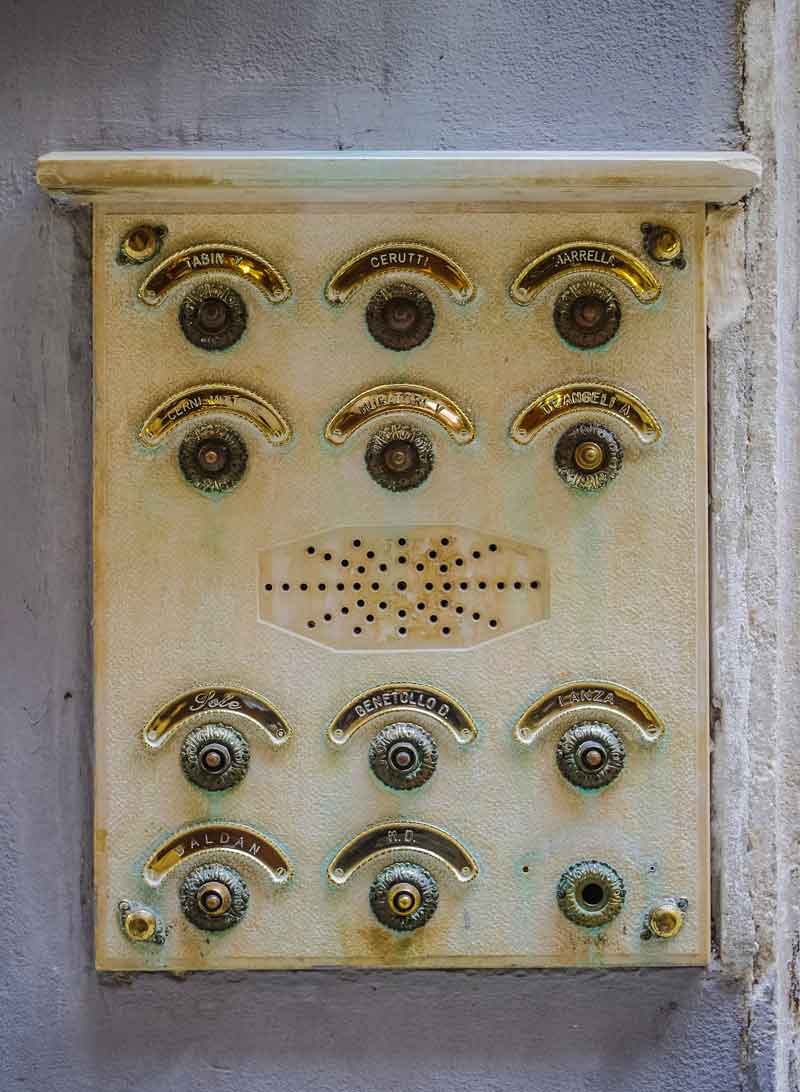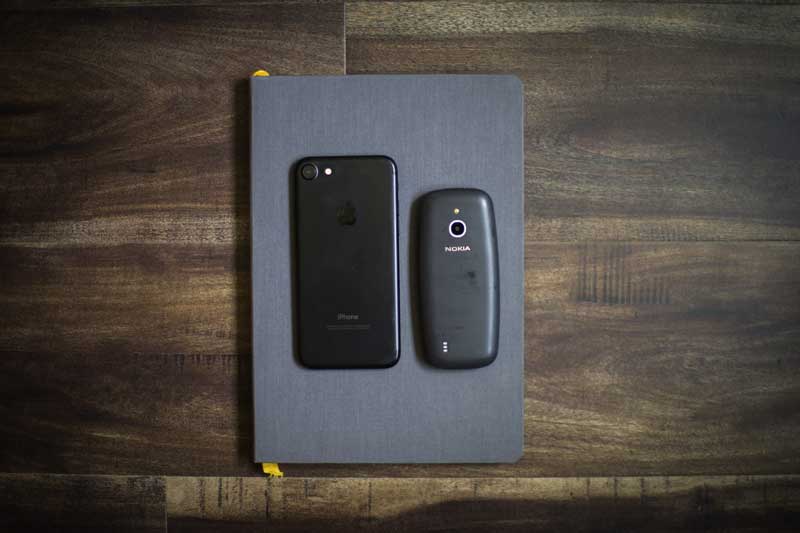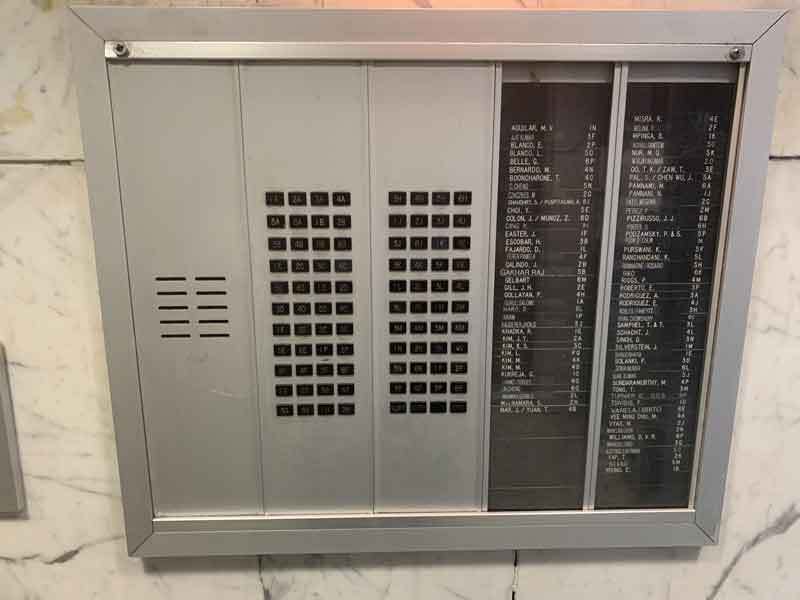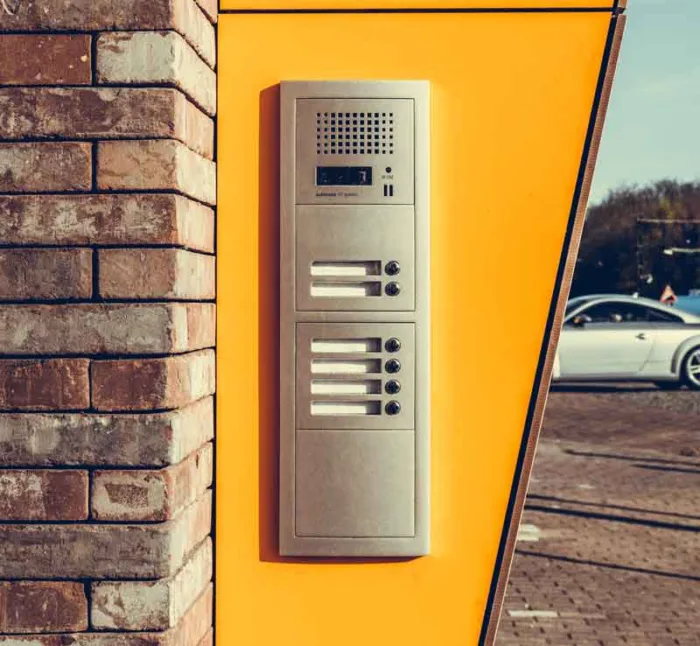Key takeaways:
- The first telephone-based intercom was patented in 1894, using a buzzer to alert residents.
- Apartment intercoms evolved to include earpieces and mouthpieces for direct conversations.
- By the 1950s, apartment buzzer systems allowed residents to grant access remotely.
- Today’s intercom systems feature video, smartphone integration, and cloud-based management for better security and convenience.

The world has greatly changed since the first apartment intercom system was invented over 100 years ago. Back then, apartment dwellers purchased goods from a market within walking distance of their homes, traveled only for special occasions, and rarely worried about an unexpected visitor dropping in on them. Today, they purchase everything from toothpaste to beds online, travel halfway around the world to see their favorite musician, and have more friends than at any other time in human history.
As people’s lifestyles have changed, so have the tools and technologies around them. Today’s video intercom system for apartments now includes tools and features that many of us use but rarely think about.
As the product of many innovations throughout history, intercoms have come a long way. Let’s travel the path of the apartment intercom system from its early beginnings to its current state.
This intercom history lesson will cover:
- The birth of the intercom
- Introducing the telephone
- Apartment buzzers
- Video intercoms
- The age of the internet
- Modern intercoms
The birth of the intercom
The first intercom existed in the form of tubes that carried sounds acoustically up to 300 feet. You could speak into one end and the person on the other end would hear you. Growing up, did you ever talk to your neighbor by connecting two cans with string? The first intercom was kind of like that. It worked by carrying vibrations that propagate as an acoustic wave through the air in the tubing. Our brains interpret those vibrations as sounds.
While these tubes may have carried sound waves short distances, they were limited by the distance those waves could travel before naturally dissipating. Plus, installing tubing to carry sound waves from the building’s entrance to each unit was clunky and expensive.
Introducing the telephone
Thankfully, Alexander Graham Bell’s invention of the telephone in 1876 gave way to new intercom systems. These systems became standard in most multifamily buildings by the early 1900s. They came to be known as telephone entry systems.
The first telephone-based intercom was patented in 1894 by the Kellogg Switchboard and Supply Company. It worked when a visitor pulled a handle on a panel at the entryway of a building, which would close a circuit (or relay), allowing an electrical current to pass through wiring to a receiver in the tenant’s apartment. The receiver created a buzzing noise, alerting the resident of a visitor.
Unfortunately, this device did not let residents speak with their visitors. Instead, they had to see who buzzed them before granting access to the building. Though it was not the most convenient system, it was cheaper and more effective than installing tubing throughout the property and expecting a visitor to yell into it. A few years later, the Kellogg Company added an earpiece and mouthpiece to let tenants speak with visitors.
Apartment buzzers
By the 1950s, intercoms started shedding their telephone-like hardware, and the apartment buzzer was born. Visitors and residents could now speak to each other directly through an intercom by pressing or holding a button. This required hardware at the front entryway and inside the resident’s unit. Front doors with electronic locks could be opened remotely by pressing a button on the same in-unit hardware.

In 1947, the invention of the transistor — a device that amplifies or switches electronic signals — further advanced the technological DNA of the intercom. Manufacturers started building intercom systems with solid-state relays. This meant there were no moving parts that could wear out over time.
Video intercoms
Fast forward to the 1980s, which brought us the video intercom.
Video intercom systems require hardware equipped with a camera and a screen connected by wiring throughout the entire building. Though it may seem simple — visitors press a button to call a resident, which initiates a video camera and displays an image on a screen — technology had to come a long way from relays and transistors to include software and pixels.
However, most modern video intercom systems only allow local video calling. This is because the technology needed to transfer video to a remote device is expensive and complex. As such, many of today’s residents with video intercom systems can only view visitors when they are physically in their apartments.
The age of the internet
In 1983, the Advanced Research Project Agency Network (ARPANET) adopted Transmission Control Protocol/Internet Protocol (TCP/IP) — and the internet was born. While the invention of the internet is a momentous chapter in human history, it wasn’t until the smartphone that society began to harness its power truly.
Today, 3.5 billion people can access the world from a supercomputer in their pocket. You can get answers to any questions, purchase goods or services, and communicate with friends, family, or complete strangers — all from your fingertips.

The cell phone has undergone tremendous innovation and has advanced due to the internet. Think about how far we’ve come since the flip phone.
Unfortunately, the apartment intercom system has not seen the same innovation. It hasn’t progressed much since Bell dialed that first telephone call to Watson over a century ago. Most buildings still use antiquated telephone-based intercom systems that run on those same wires the internet replaced years ago.
Does this look familiar?

Whether you live in a historic brownstone in Boston or a contemporary high-rise in Miami, there’s a good chance your building still relies on an outdated telephone intercom. But why? There are better solutions on the market that enhance the lifestyles of today’s residents.
The modern intercom
Today’s intercom goes beyond the traditional video intercom. It lets you open doors and manage property access all from a smartphone. Gone are the days when you have to be in your apartment to provide access to your visitors.
Watch how ButterflyMX works:
ButterflyMX introduced the first smart video intercom in 2014. Built around the device everyone already has in their pocket — the smartphone — ButterflyMX eliminates the expensive building wiring and in-unit hardware that come with other apartment intercom systems. What’s more, buildings equipped with a smart video intercom give residents, visitors, and property staff greater control over who they grant and restrict access to.
ButterflyMX offers both safety- and convenience-focused features such as:
- Remote access. You can open your door for a visitor whether you’re across town or the country.
- One- and two-way video calling. You can see who is at your door and video chat with them as you would over FaceTime.
- Mobile access. You can open the door for yourself right from your smartphone.
- Access pins to enter the building when you don’t have your smartphone handy.
- Visitor Passes, which are QR codes you can send to visitors in advance and revoke at any time
- Delivery PINs, which you assign to couriers for seamless and controlled access
- Audit trails including time- and date-stamped photos of every visitor who has entered the property.
ButterflyMX is always adding new integrations with other property technologies. Connect the smart intercom with Alexa- and Siri-enabled devices to use voice commands to open doors. You can also connect it with property management systems and other proptech providers.






